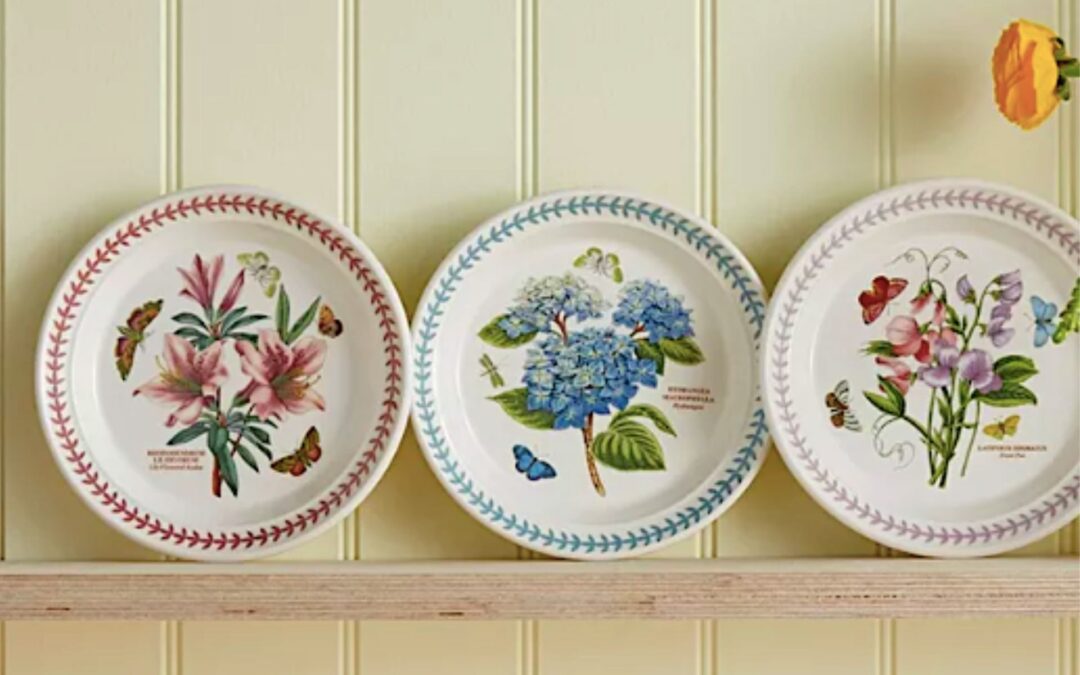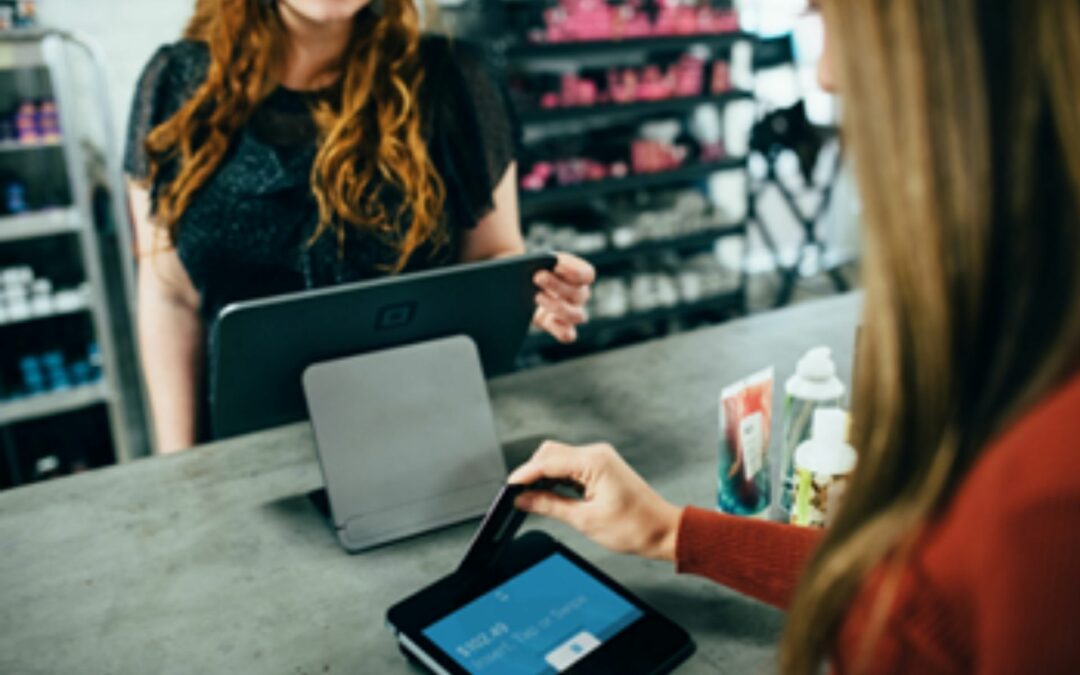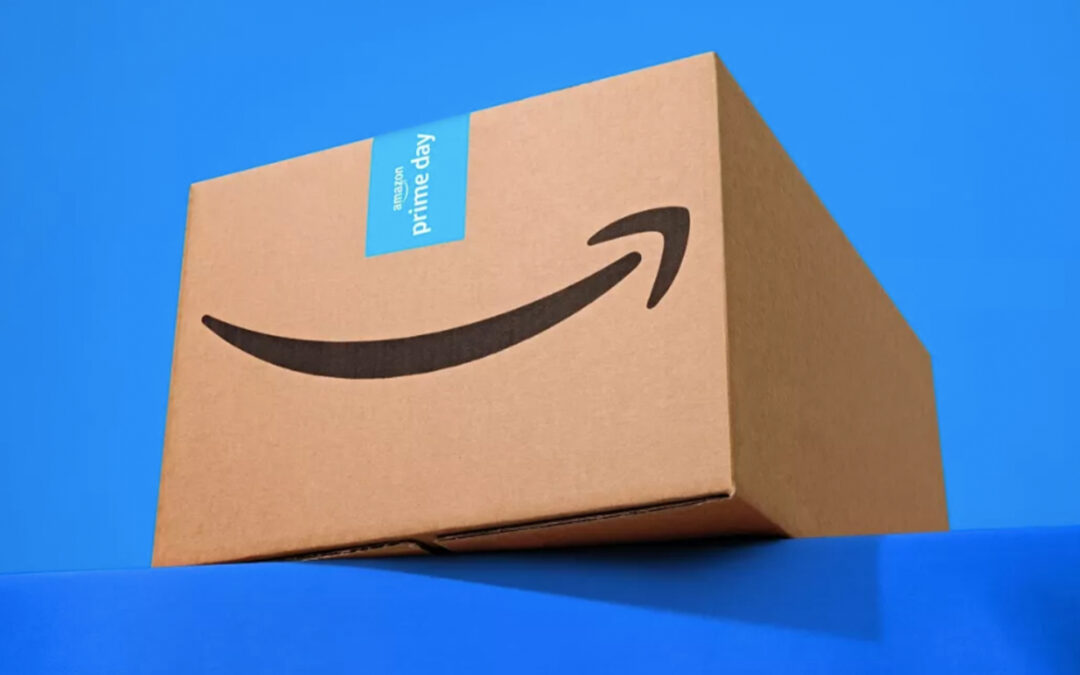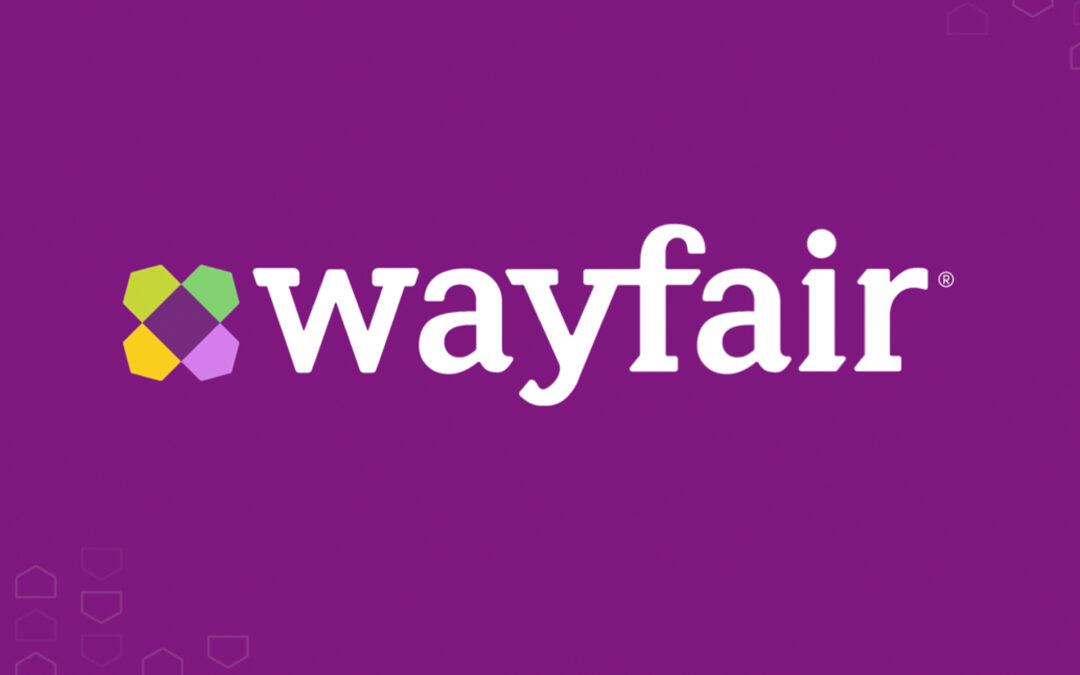A tote bag with the saying “Nobody’s Normal” was the inspiration for Tom Mirabile’s Connect FALL session on Tuesday. “Everyone who saw the bag said, ‘yep, that’s right.’ These are the times we are in and nobody is normal,” said Mirabile, principal of Springboard Futures and IHA’s consumer trends analyst.
An overview of the housewares market segmentation shows age generations are spread across the industry, led by consumers aged 65 and older at 31.8%, followed by those aged 35 to 44 at 20.6%. Middle-aged consumers 45 to 64 account for a combined 26.5% of the market, with younger consumers 25 to 34 at 11.7% and consumers 25 to 34 at 11.4%. Consumers under age 25 account for 7.1% of the housewares market.
Mirabile said housewares “works in generations” and having demand spread across the generations shows a nice diversity, so unlike other businesses the industry isn’t selling into a narrow generation market. On the downside, serving the diverse needs of each generation can present stock balancing and SKU proliferation challenges for both retailers and suppliers. However, it Is a more secure place to be when can you sell to more generations, he added.
Inflation has affected consumers’ consumption behavior. Mirabile cited a Consumer Inflation Sentiment survey by PYMNTS.com that showed 73% of consumers responding will eat more at home and 69.9% will cut down on essential spending. More than half of respondents said they would change to cheaper merchants due to increased prices.
Looking to the future, Mirabile said it’s easy for suppliers to get into the rut of thinking only of their category. He urged them to consider expanding into technologies that “broaden the use and experience your products deliver.” As an example, he cited a cutting board that is also a defrosting board, magnetic knife block, kitchen timer and a scale, all in a prep board. He encouraged partnering with other suppliers or retailers, co-branding or creating private label products.
Aspirations vs. Attributes
The housewares industry primarily thinks about product attributes, what a product does, versus the aspirations of the consumer, the product user. Thinking about what consumers want will help a product get to market faster and make it more durable, Mirabile said. Aspirations don’t change over time; for example, consumers don’t want to spend more time in the kitchen, they don’t want less space.
“Trends come and go, lifestyles change, technologies will advance and move past, but aspirations only shift. They will shift toward the latest technology or shift towards a different income level,” he said. “Aspirations are durable. They form the core of what we want for ourselves and what we want for the people that we love.”
It’s important that suppliers talk to their teams about what their customers’ aspirations are. This is a way to create a profile so that everything a company starts should come from that basic place, he explained.
Mirabile discussed six aspirations consumers have: happiness, health, consciousness, control, trust and social.
Happiness – joy, creativity, engagement and delight
- Consumers want to spend more time being happy and enjoying their life.
- As stressors change, the desire for happiness remains. As the pandemic stress recedes, environmental anxiety and the return of busy lifestyles will place mounting pressure on consumers. Consumers want fun and playfulness, and brands can provide that. Think about ways to show a product in a different, fun way.
- 80% of consumers say if a brand uses humor they are more likely to buy it again, according to “The Happiness Report” from Oracle and author-podcaster Gretchin Rubin.
- The desire for happiness and health is equal across generations.
- According to Taste of Home, home cooks have overcome cooking fatigue and are back in their happy place, the kitchen. Easier prep is also desired.
Health – balance, comfort, strength, resilience, energy, fitness
- Across dimensions, Millennials prioritize health and wellness more than other generations, followed by Gen X and Gen Z.
- Emotional wellness is more important to Gen Z (46%) than Boomers (35%) and physical wellness is more important to Boomers (49%) than Gen Z (32%).
- Some “happy places” can get dangerous—obesity and being overweight have reached epidemic proportions.
- Promoting physical wellness is a product benefit most important to Boomers, Gen X and Millennials while enhancing emotional wellness is most important to Gen Z.
Consciousness – aware, proactive, transparent, informed, ethical, responsible
- Consumers want everyone to be more conscious about what’s going on in the world…and be more responsible.
- Consumers’ expectations of brands are evolving, and they want to see progress against ethical initiatives. They are less likely than ever to take brands at their word when they say they’re doing the right thing.
- Sustainability expectations stretch beyond a brand to how a company behaves as a whole.
- 88% of Americans are likely to purchase secondhand in the next 12 months. Restored & refurbished product is gaining in popularity for environmental and social reasons.
- When it comes to corporate social responsibility, companies’ priorities should be: improving labor/work policies; protecting consumer data privacy; offering services/products to those in need; and reducing carbon footprints.
Control – empowered, convenience, choice, personalized
- In times of uncertainty, consumers crave a sense of control over their lives. They want clarity, transparency, flexibility and options.
- 85% of people have shifted their purchase behavior towards being more sustainable in the past 5 years.
- The future of the customer experience will be driven not by the brand but by empowered consumers.
- 61% of online shoppers feel more personally connected to brands that offer personalized content or deals.
- Consumers are expecting more interactive and engaging shopping experiences, even online.
Social – engaged, connect, community, collective, reunion
- 36% of consumers surveyed by The Harris Poll said social media has changed how they cook at home.
- TikTok is becoming a trend and lifestyle barometer. TikTok Kitchen will launch in about 300 US locations in 2022.
- Instacart is teaming up with TikTok on shoppable recipes for cooking videos.
- 81% of retail shoppers conduct online research before buying; 77% of shoppers use a mobile device.
Safety – privacy, security, trust, non-toxic, untainted
- Data privacy, safety and security are extremely important to 45% of surveyed consumers.
- Ransomware costs are projected to reach $265 billion by 2031. Very important to keep customers’ data safe.
- Consumers will be looking for humanized shopping experiences, even while shopping digitally.
- 55% of online shoppers surveyed in the US say their mobile device is quickly becoming their most important shopping tool.




